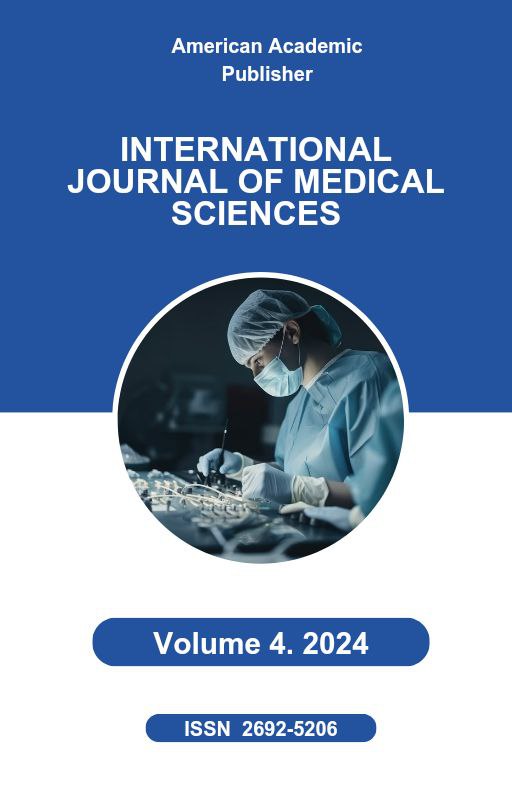 Articles
| Open Access |
https://doi.org/10.55640/
Articles
| Open Access |
https://doi.org/10.55640/
THE ROLE OF PLASMALYTE IN THE MANAGEMENT OF DORSALGIA: CLINICAL AND THERAPEUTIC PERSPECTIVES
Foziljonov Raxmatjon Xikmatjon o’g’li , Chief Physician of the “A-Doktor-A” Clinic, Fergana CityAbstract
Dorsalgia, or back pain, is one of the most common musculoskeletal disorders affecting people of different ages and occupations. Its multifactorial etiology includes degenerative changes, muscular strain, trauma, and metabolic disturbances. Plasmalyte, a balanced isotonic electrolyte solution, has recently been explored for its potential role in improving metabolic homeostasis, reducing muscular ischemia, and enhancing tissue perfusion in patients with dorsalgia. This article analyzes the clinical rationale for using Plasmalyte in dorsalgia management, discussing its physiological benefits, therapeutic indications, and possible implications for improving patient outcomes.
Keywords
dorsalgia, back pain, Plasmalyte, isotonic solutions, pain management, musculoskeletal disorders
References
Mythen, M. G., & Shaw, A. D. (2013). “Anaesthetists should embrace balanced crystalloids.” BMJ, 346, f393.
Kellum, J. A., & Lameire, N. (2018). “Balanced crystalloids for critically ill patients.” New England Journal of Medicine, 378(9), 829–839.
Hoy, D., et al. (2014). “The global burden of low back pain: estimates from the Global Burden of Disease 2010 study.” Annals of the Rheumatic Diseases, 73(6), 968–974.
Raghunathan, K., et al. (2015). “Choice of fluid therapy in the perioperative setting: a review.” Anesthesia & Analgesia, 120(3), 537–549.
World Health Organization. (2022). Musculoskeletal conditions fact sheet. Geneva: WHO.
Article Statistics
Downloads
Copyright License

This work is licensed under a Creative Commons Attribution 4.0 International License.

